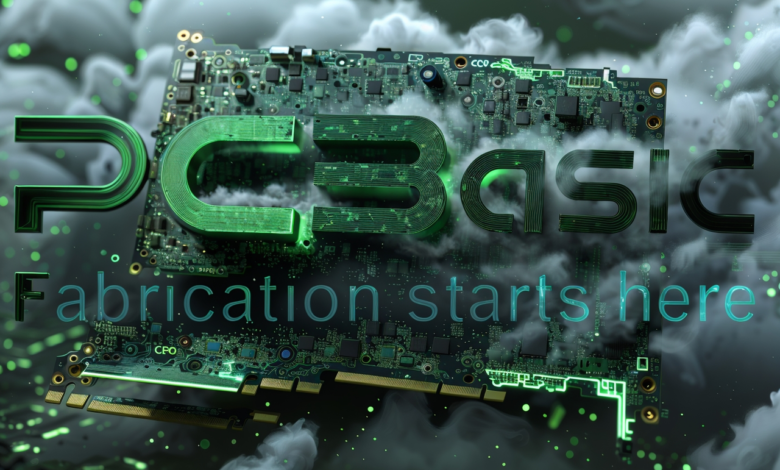Why Surface Mount Technology (SMT) Is Revolutionizing Electronics Manufacturing

Surface Mount Technology (SMT) is the driving force behind modern electronics. Learn how SMT transforms production with greater speed, precision, and reliability in today’s high-tech world.
What Is Surface Mount Technology?
Surface Mount Technology (SMT) is a method used to mount electronic components directly onto the surface of printed circuit boards (PCBs). This technique has largely replaced older through-hole methods due to its superior efficiency, automation capabilities, and support for miniaturized electronic devices.
Instead of drilling holes for component leads, SMT places surface-mount devices (SMDs) on flat pads and secures them with solder paste and heat. This method is ideal for producing compact, high-density circuits—making it the go-to technology for most consumer and industrial electronics today.
Key Benefits of SMT in Electronics Production
1. Faster Assembly Speeds
SMT is highly automated, reducing human error and accelerating production timelines.
2. Compact Product Design
Smaller component sizes allow for sleek, space-saving devices.
3. Cost Reduction
Automated SMT lines lower labor costs and minimize waste.
4. Improved Electrical Performance
Shorter connections lead to lower inductance and better signal transmission.
5. Dual-Sided Mounting
SMT allows component placement on both sides of the PCB, maximizing space.
SMT Process Flow: From Paste to Perfection
Here’s a simplified overview of the SMT process:
Step 1: Solder Paste Printing
A metal stencil applies solder paste to component pads.
Step 2: Component Placement
Robotic arms (pick-and-place machines) position SMDs onto the board.
Step 3: Reflow Soldering
The board is heated in a reflow oven to solidify the solder and create secure joints.
Step 4: Inspection
AOI, X-ray, or manual inspection checks for defects like misalignment or poor soldering.
Step 5: Functional Testing
The finished assembly undergoes electrical testing to ensure it meets performance standards.
Industries That Rely on SMT
SMT is used across industries, including:
- Aerospace and Defense: Rugged, compact modules for critical systems
- Medical Devices: High-reliability boards for diagnostics and monitoring
- Automotive: Advanced driver assistance systems (ADAS), infotainment, and sensors
- Telecom: Networking and base station equipment
- IoT and Wearables: Miniaturized PCBs for connected smart devices
Conclusion: The Future Is Surface Mounted
SMT has transformed electronics manufacturing, enabling companies to deliver smarter, smaller, and faster devices to market. As demand for high-performance, low-cost electronics continues to grow, Surface Mount Technology will remain at the heart of innovation.
Whether you’re producing a smartwatch, a medical device, or a control system, SMT offers the flexibility and scalability you need for the future.






